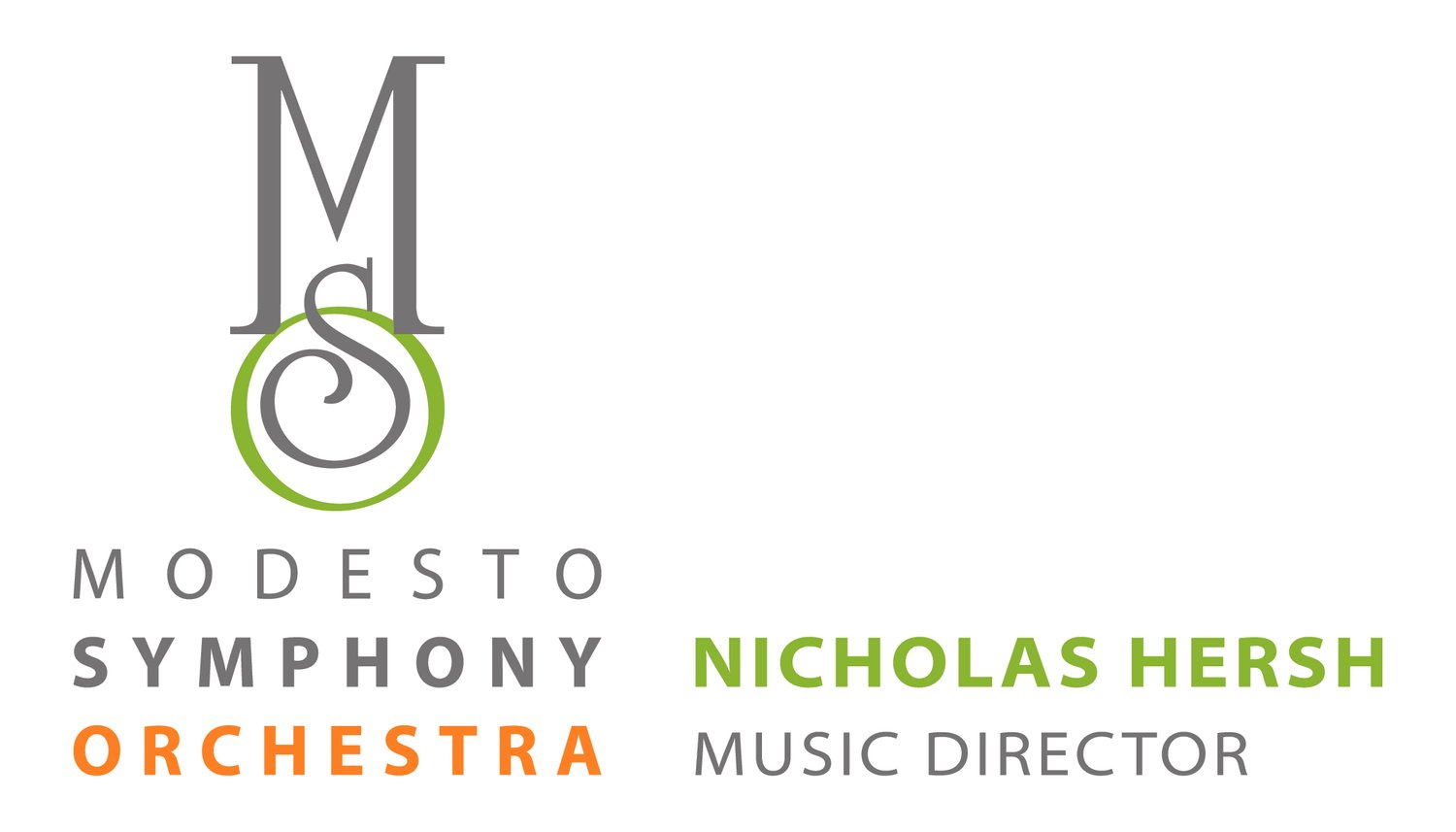Stravinsky The Rite of Spring & Fauré Requiem Program Notes
Le sacre du printemps (The Rite of Spring)
Igor Stravinsky, 1882-1971
In 1909 Igor Stravinsky, a budding composer just striking out for himself, got what can be called his big break – thanks to the laziness of the composer Anatoly Lyadov. Impresario Sergey Diaghilev of the famed Ballets Russes in Paris had commissioned Lyadov to write a ballet on the Firebird theme from Russian folklore. When Diaghilev heard that after three months Lyadov had only gone as far as to buy the lined paper, he withdrew the commission and gave it to Stravinsky instead.
Stravinsky was a student of Nikolay Rimsky-Korsakov and Alexander Glazunov, the standard bearers of Russian musical conservatism and nationalism, and the resultant Ballet, The Firebird, was a true Rimsky-style work. It catapulted Stravinsky to instant fame and led to a string of commissions from Diaghilev.
In 1913, however, Stravinsky completely broke with tradition in the ballet Le sacre du printemps. Its premiere created a riot in the audience, with whistles, catcalls, fistfights, a true “war over art” in the words of one critic. The composer literally had to escape from the theater through a bathroom window.
The impetus for the work was the romanticized vision of the rituals of pagan Russia, depicting a ceremony in which wise elders sit in a circle around a girl who dances herself to death as a sacrifice to the god of spring. Stravinsky worked with the painter Nikolay Röhrich (1874-1947), an acknowledged specialist in the pagan history of ancient Russia, who helped work out the scenario.
To its first audience, everything was wrong: the pounding, syncopated rhythms in dissonant tone clusters, the absence of traditional tonal harmony, the fragmented melodies, the “primitive” non-balletic movements of the dancers and, certainly, the disturbing sensuality of the work as a whole.
The choreography of Vaslav Nijinsky upset the first audience as much as Stravinsky’s score. The dancers were obliged to throw out a lifetime of training in grace and élan, to dance flat-footed rather than on point, and to count the jerky, constantly changing meters.
Ironically, Stravinsky's enormously complex score portrays the primeval rituals of a primitive tribe. The music of each section evolves organically, often piling on new melodic motives and rhythms in keeping with the dramatic thrust of the dance. However, few people have ever seen the Rite of Spring performed as a ballet; rather, it remains a strongly evocative concert work that is most often enjoyed without any reference to the original scenario.
Part I, The Adoration of the Earth, opens with a melancholy Introduction on the bassoon followed by the other woodwinds, leading directly to the “Dance of the Adolescent Girls,” a stomping, pulsing rhythm and savage dissonances, accompanied by a static, ostinato figure. A horn melody accompanied by the flutes leads up to the “Game of Abduction,” horn calls suggesting a grotesque hunt. A flute trill leads to the “Spring Rounds Dance” with its chant-like theme.
In the “Game of the Rival Tribes,” a fragmentary theme dominates the mock battle, in the middle of which the horns and the huge percussion section abruptly herald the “Entrance of the Sages”. The four slow mystical bars the of “Adoration of the Earth” are followed by the combined dance of all the tribes in the wild “Dance of the Earth.”
Part II, The Sacrifice, opens with mysterious chords on the woodwinds and strings, leading directly to the “Mystic Circle of the Adolescent Girls,” a delicate, hesitant dance of the girls waiting for the moment of selection of the Chosen One. “The Glorification of the Chosen One” is a wild celebration, almost pure rhythm. A sudden dramatic crescendo on the timpani introduces the “Evocation of the Ancestors.” “The Ancestors’ Ritual Dance” then begins with a gentle, haunting rhythm, slowly building up to a massive crescendo before plunging into the “Sacrificial Dance of the Chosen One.” The suicidal sacrifice begins in slow bursts of syncopated rhythm, picking up in speed and rhythmic intricacy until the Chosen One dances herself to exhaustion and death. Interestingly, although Stravinsky does build up his orchestral forces to depict the dance, the ending is more like the escape of the virgin's final breath.
The complexity of the score, especially the interplay of cross rhythms, has always been a challenge to conductors. In 1943 Stravinsky reorchestrated and simplified some of the sections, especially the final one. When conductor Georg Solti asked him why, the composer retorted ”because I cannot conduct the original anymore.”
Requiem, Op.48
Gabriel Fauré, 1845-1924
The bulk of Gabriel Fauré’s music – whether piano, chamber, vocal or orchestral – conveys the impression of a personal and private statement, an intimate conversation between the composer and his muse. Throughout his life Fauré’s ideal was, as he put it, to create musique de chambre (chamber music); the grander forms – opera, symphony or concerto – were not for him. He made a number of attempts to write a symphony, but rejected them; the same fate awaited his attempt at a violin concerto. His music is admirably suited for performance in private homes or small halls. But the elegance and ease of much of it belies the painstaking effort that went into the composition. Fauré was not one to wear his heart on his sleeve. While the structure of his works usually fits the classical mold, he often experimented and surprised audiences with unexpected phrasing harmonies, and elegant twists of musical development. Although a secret agnostic and freethinker, he worked for many years as organist and choirmaster at the La Madeleine, one of the largest churches in Paris.
Like Johannes Brahms in Ein Deutches Requiem, Fauré charted new ground in his Requiem. It was not written to honor a specific person but, as Fauré put it, “for the pleasure of it.” It is a peaceful, almost understated work that conveys the message of death as eternal rest rather than as fiery retribution for sins committed in life. Fauré actually omitted the core of the Latin requiem mass, the Dies irae with its terrifying vision of eternal damnation. He saw death as “… a happy deliverance, a reaching for eternal happiness, rather than a mournful passing…” It is not surprising that one of the Madeleine’s clerics remarked after a performance: “Monsieur Fauré, we do not need all these novelties. The Madeleine’s repertoire is quite rich enough…”
Composed in stages between 1877 and 1890, the Requiem did not reach its final orchestration until 1900; the instrumental accompaniment exists in a number of versions, from the original chamber ensemble plus organ to full symphony orchestra. Overall, the music is serious but unthreatening, often even ethereal. To replace the Dies irae, Fauré substituted at the end In Paradisum, the chant for the burial of the dead, describing the eternal peace of Heaven. The contemporary British composer John Rutter, in his Requiem, is heir to Fauré’s concept of a musical send-off.
The style of the Requiem is mostly homophonic and syllabic, closely resembling the rhythm, tempo and volume of liturgical plainchant. At other times, Fauré shifts briefly into sixteenth-century counterpoint, as in the Offertory. In the Sanctus, the chorus doesn’t shout out the praise of God but gently sings to the accompaniment of an ostinato figure in the harp. Even the “Hosanna,” which begins forte, drifts almost lazily to a quiet conclusion.
Fauré could not, however, completely eliminate terror from his Requiem. The text of the Libera me makes direct reference to the Dies irae and eternal damnation; and this is, indeed, the only part of the work in which the listener experiences a sharp increase in musical tension. Fauré's ethereal In Paradisum, however, is more than comforting as a response to the anxious prayer of the Libera me.
INTROITUS
Requiem aeternam dona eis, Domine,
et lux perpetua luceat eis.
Te decet hymnus, Deus, in Sion,
et tibi reddetur votum in Jerusalem.
Exaudi orationem meam;
ad te omnis caro veniet.
Eternal rest grant them, O Lord,
and let perpetual light shine on them.
To thee praise is due, O God, in Zion,
and to thee vows are recited in Jerusalem.
Hear my prayer;
unto thee all flesh shall come.
KYRIE
Kyrie eleison.
Christe eleison.
Kyrie eleison.
Lord, have mercy.
Christ, have mercy.
Lord, have mercy.
OFFERTORIUM
Domine Jesu Christe, Rex gloriae,
libera animas defunctorum
de poenis inferni,
et de profundo lacu.
Libera eas de ore leonis,
ne absorbeat eas tartarus,
ne cadant in obscurum.
Hostias et preces tibi,
Domine, laudis offerimus.
Tu suscipe pro animabus illis
quarum hodie memoriam facimus.
Fac eas, Domine,
de morte transire ad vitam,
quam olim Abrahae promisisti,
et mini eius.
Lord Jesus Christ, King of glory,
deliver the souls of the dead
from punishment in the inferno,
and from the infernal lake.
Deliver them from the mouth of the lion,
lest the abyss swallow them up,
lest they fall into the darkness.
Sacrifices and prayers to thee,
O Lord, we offer with praise.
O receive them for the souls of those
whom today we commemorate.
Make them, O Lord,
to pass from death to life,
as thou of old hast promised Abraham
and his seed.
SANCTUS
Sanctus, sanctus, sanctus,
Dominus Deus Sabaoth.
Pleni sunt coeli et terra
gloria tua.
Hosanna in excelsis.
Holy, holy, holy,
Lord God of hosts.
The heavens and earth are filled
with thy glory.
Hosanna in the highest.
PIE JESU
Pie Jesu Domine,
dona eis requiem,
requiem sempiternam.
Merciful Lord Jesus,
grant them rest,
rest everlasting.
ANGUS DEI
Agnus Dei,
qui tollis peccata mundi,
dona eis requiem,
requiem sempiternam.
Lamb of God,
who taketh away the sins of the world,
Grant them rest,
rest everlasting.
LUX AETERNA
Lux aeterna luceat eis, Domine,
cum sanctis tuis in aeternum,
quia pius es.
Requiem aeternam, dona eis, Domine,
et lux perpetua luceat eis.
Let light eternal shine on them, O Lord,
with thy saints forever,
for thou art merciful.
Rest eternal grant them, O Lord,
and let perpetual light shine on them.
LIBERA ME
Libera me, Domine,
de morte aeterna,
in die illa tremenda
quando coeli movendi sunt et terra,
dum veneris judicare
saeculum per ignem
Tremens factus sum ego, et timeo
dum discussio venerit,
atque ventura ira.
Dies illa, dies irae,
calamitatis et miseriae,
dies magna et amara valde.
Requiem aeternam, dona eis, Domine,
et lux perpetua luceat eis.
Deliver me, O Lord,
from eternal death,
on that fearful day
when the heavens are moved and the earth
when thou shalt come to judge
the world through fire.
I am made to tremble, and I fear,
when the desolation shall come,
and also the coming wrath.
That day, the day of wrath,
calamity, and misery,
that terrible and exceedingly bitter day.
Rest eternal grant them, O Lord,
and let perpetual light shine on them.
IN PARADISUM
In paradisum deducant te angeli,
in tuo adventu suscipiant te martyres,
et perducant te
in civitatem sanctam Jerusalem.
Chorus angelorum te suscipiat,
et cum Lazaro quondam paupere
aeternam habeas requiem.
May the angels lead you into paradise,
may your arrival be greeted by the martyrs,
and may they lead you
into the holy city, Jerusalem.
May the chorus of angels receive you
and with Lazarus, once a poor man,
may you have eternal rest.
Program notes by:
Joseph & Elizabeth Kahn, Wordpros@mindspring.com
www.wordprosmusic.com
TICKETS
Saturday, April 13, 2019
8:00 PM
Bring a group & SAVE!
Groups of 10+ save 15%! Call 209.338.2100 for more details.













